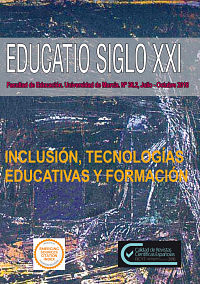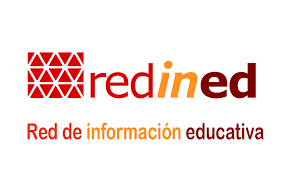Experiential images and photo-elicitation in teacher training
Abstract
This article studies the role of photogra-phy in the professional development of
teachers. The first results of the research
project are presented here. Three teachers
and a director of three primary schools
participated in it during two academic
years. The teachers used photography to
represent their main concerns and the
professional dilemmas they encounte-
red during their work. Issues that, subse-
quently, were shared and debated on in
groups through photo-elicitation sessions.
The reflection on these events brought for-
th their theoretical-practical knowledge
and the emotions they experienced. The
relationship between the mental images of
the teachers in these situations and how
they materialized through photographs is
analyzed and discussed in this paper. The
results show the relevant role of rhetorical figures, especially metonymy, to unders-
tand the semiotic process of conceptuali-
zation and meaning of objects and events
of the reality lived in the classrooms and
their photographic representation. In addi-
tion, the analysis and deliberation during
the photo-elicitation on the images taken
allowed the teachers to carry out a deli-
berative process and to reassign meanings
regarding their actions in the classrooms.
This, in turn, entailed a change and trans-
formation of their teaching practice that,
to a large extent, is a key aspect of their
professional development.
Downloads
-
Abstract1708
-
PDF (Español (España))1083
Original work publishes in this journal is subject to the following terms:
1. Murcia University Press (the publishing house) holds the copyright of the publishes work, and favours and allows their reutilization under the use license stated in point 2.
© Servicio de Publicaciones, Universidad de Murcia, 2015
2. Work is published in the electronic edition under a license (Creative Commons Reconocimiento-NoComercial-SinObraDerivada 4.0 España (legal text). They can be copied, used, disseminated, transmitted and publicly presented, as long as: i) authorship and original publication source is acknowledged (journal, publishing house and URL of the work); ii) are not used for commercial purposes; iii) the existence and specifications of this use license is stated.
3. Conditions for self-archive. Authors are allowed and encouraged to disseminate electronically the pre-pint (before review) and/or post-print (accepted for publication) versions of their work before their publication since that favours earlier circulation and dissemination resulting in an increased chance for the authors to be cited and for the work to reach a bigger share of the academic community. Colour: RoMEO: green.







